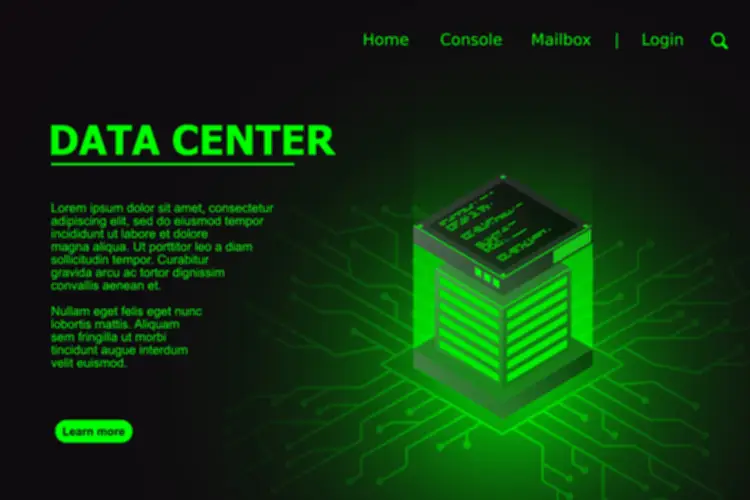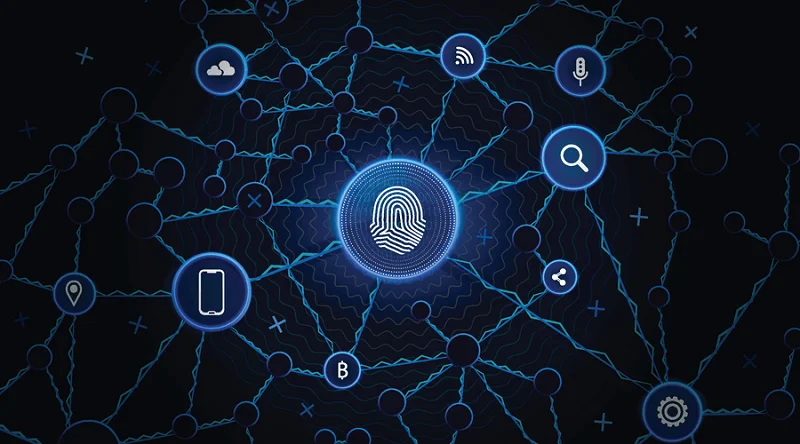When assessing a new threat, you’ll have the ability to decide the interval during which the hazard will must be re-evaluated and ensure that that is completed in a timely trend. It is essential for companies to determine and handle monetary dangers to ensure their monetary stability and success. This can help to mitigate the influence of anyone danger on the overall financial well being of the enterprise.
- Failure to determine and address strategic risks can lead to missed alternatives, decreased profitability, and even enterprise failure.
- Each step of the duty should be written down and hazards identified during a field-level risk evaluation.
- This technique combines severity and probability parameters to produce a stage of danger that’s in contrast in opposition to pre-determined danger criteria.
- This strategy combines components of each qualitative and quantitative risk assessment strategies.
One of the important thing challenges in managing operational dangers is the continually evolving nature of those dangers. As companies develop and change, new dangers can emerge, and present dangers can turn out to be more complicated. It is essential for companies to often evaluate and replace their danger administration strategies to ensure they remain efficient in mitigating potential risks. This can involve conducting regular risk assessments, staying up-to-date with business tendencies and finest practices, and fostering a culture of threat awareness and mitigation all through the organization. Threat management is the process of figuring out, assessing, and mitigating potential dangers that will negatively impact a business’s objectives. Dangers are uncertainties that may end up in monetary or non-financial losses and might come from internal or external factors.
One essential aspect of implementing a threat administration program is to determine clear roles and obligations for all stakeholders concerned. This may help ensure that everyone understands their position in identifying, assessing, and managing risks. It can be important to determine a transparent process for reporting and escalating dangers, so that potential points could be addressed in a timely method. The 4 high-level danger categories in threat management are strategic dangers, financial risks, operational risks, and reputational dangers. Understanding the “level of risk” involves evaluating the potential threats to an organisation’s digital and physical belongings and figuring out the chance and impression of these threats materialising. This evaluation is required for Chief Information Security Officers (CISOs) and IT managers, as it informs the development of robust safety methods and insurance policies.
A semi-quantitative risk matrix is a helpful gizmo for this method, allowing you to rank or prioritize threat based mostly on its chance and severity. This strategy combines components of each qualitative and quantitative risk AI in automotive industry evaluation strategies, offering a middle-ground method that is easy to make use of and understand. For instance, a hazard with a high chance of occurring and a high potential influence would obtain the next risk rating.
Secondly, it helps organizations make extra informed selections about which risks to avoid, settle for, or mitigate. Finally, it helps improve organizational resilience and flexibility within the face of potential dangers. In cybersecurity, a threat stage indicates the degree of potential hurt from a risk, categorized as excessive, medium, or low.

It is necessary for organizations to have a transparent understanding of the four danger ranges in danger management to effectively prioritize and allocate sources to deal with potential dangers. By identifying and categorizing risks based on their likelihood and potential impression, organizations can develop strategies to mitigate or keep away from these dangers altogether. Moreover, frequently reviewing and updating risk management plans can help organizations keep ready for potential risks and decrease their impact on enterprise activities. It involves figuring out potential risks, assessing their impact, and formulating an appropriate danger management strategy. Companies must conduct danger assessments regularly to ensure they can respond to modifications within the enterprise setting effectively.
Continuous Enchancment In Danger Management Practices

The NIST Cybersecurity Framework is a extensively used resource that gives a structured approach to managing and reducing cyber danger. To set up the chance chance, select between these levels and note the corresponding quantity, which shall be wanted later. A marginal severity rating means operating circumstances might generally level of risk definition trigger minor harm or sickness or minor methods injury without extreme injury, sickness, or main system injury.
New Dangers Launched By Rising Technologies
Efficient threat management is important for every business, regardless of dimension or business. By identifying potential dangers and taking proactive steps to mitigate them, businesses can scale back their publicity to losses and improve overall performance. By incorporating finest practices and the most recent instruments and techniques in risk administration, companies can guarantee they’re well-equipped to manage risks effectively right now and in the future.

Managing risks effectively might help a enterprise minimize potential losses and improve its total performance. Risk administration involves several steps, including threat identification, assessment, mitigation, and monitoring. By following a danger administration method, companies can determine potential risks and take proactive measures to avoid or mitigate them. Armed with this knowledge, people and organizations alike could make informed selections, implement tailored mitigation strategies, and ultimately create safer workplaces. These threat classes, deeply embedded in the cloth of risk evaluation, empower us to navigate the complicated landscape of potential hurt and influence with precision and diligence. So, as we bid farewell to this exploration, we go away you with a complete understanding of What Stage 1, Stage 2, and Level 3 dangers are and the way they underpin threat administration in the United Kingdom and beyond.
Internal Scores
A successful technique https://www.globalcloudteam.com/ was the World Well Being Organization’s identification, evaluation, and administration of the dangers presented by the COVID-19 outbreak. A failed technique was the chance administration failures that led to the Deepwater Horizon oil spill in 2010. Strategic risks are those that arise from exterior elements such as adjustments in the market, competition, or expertise.
